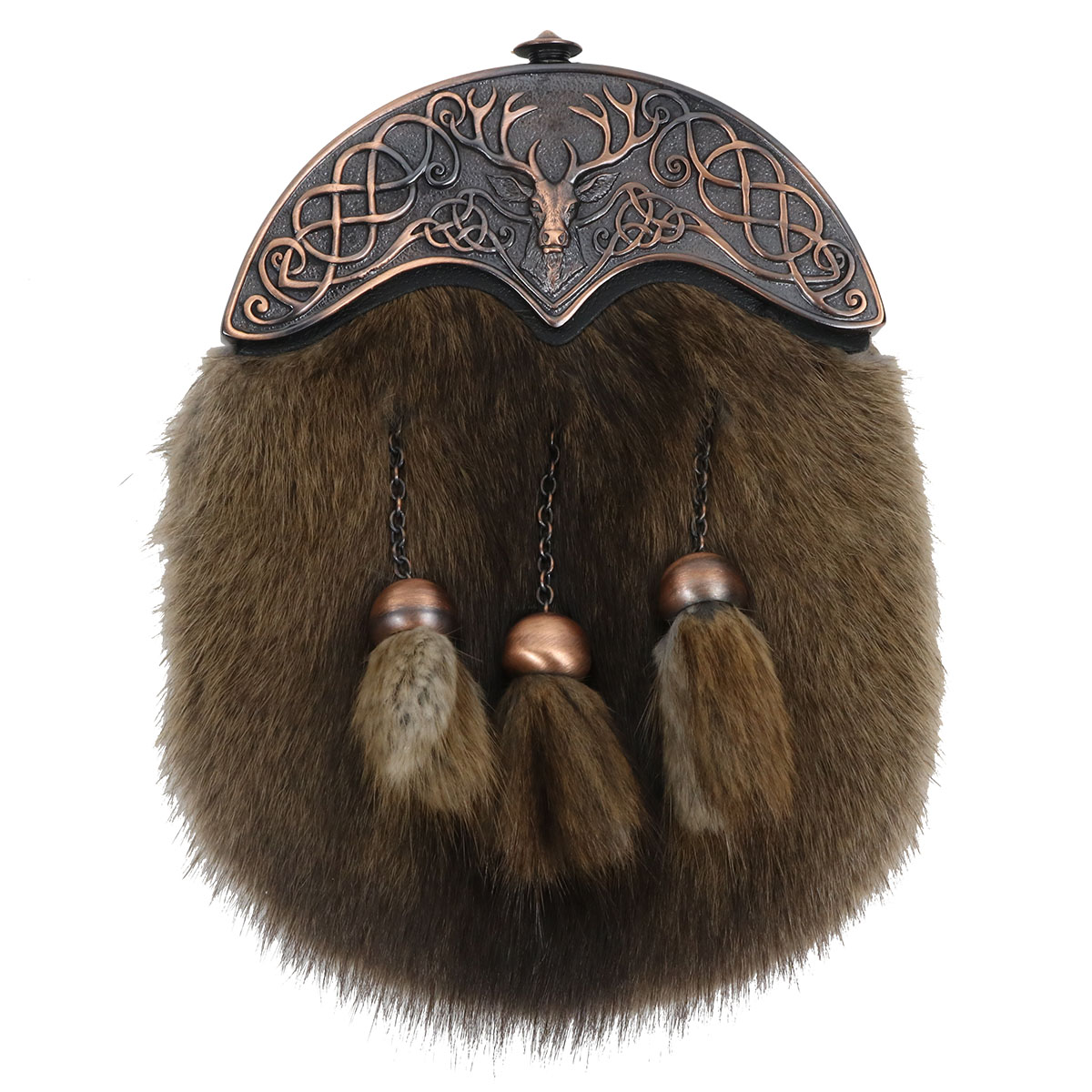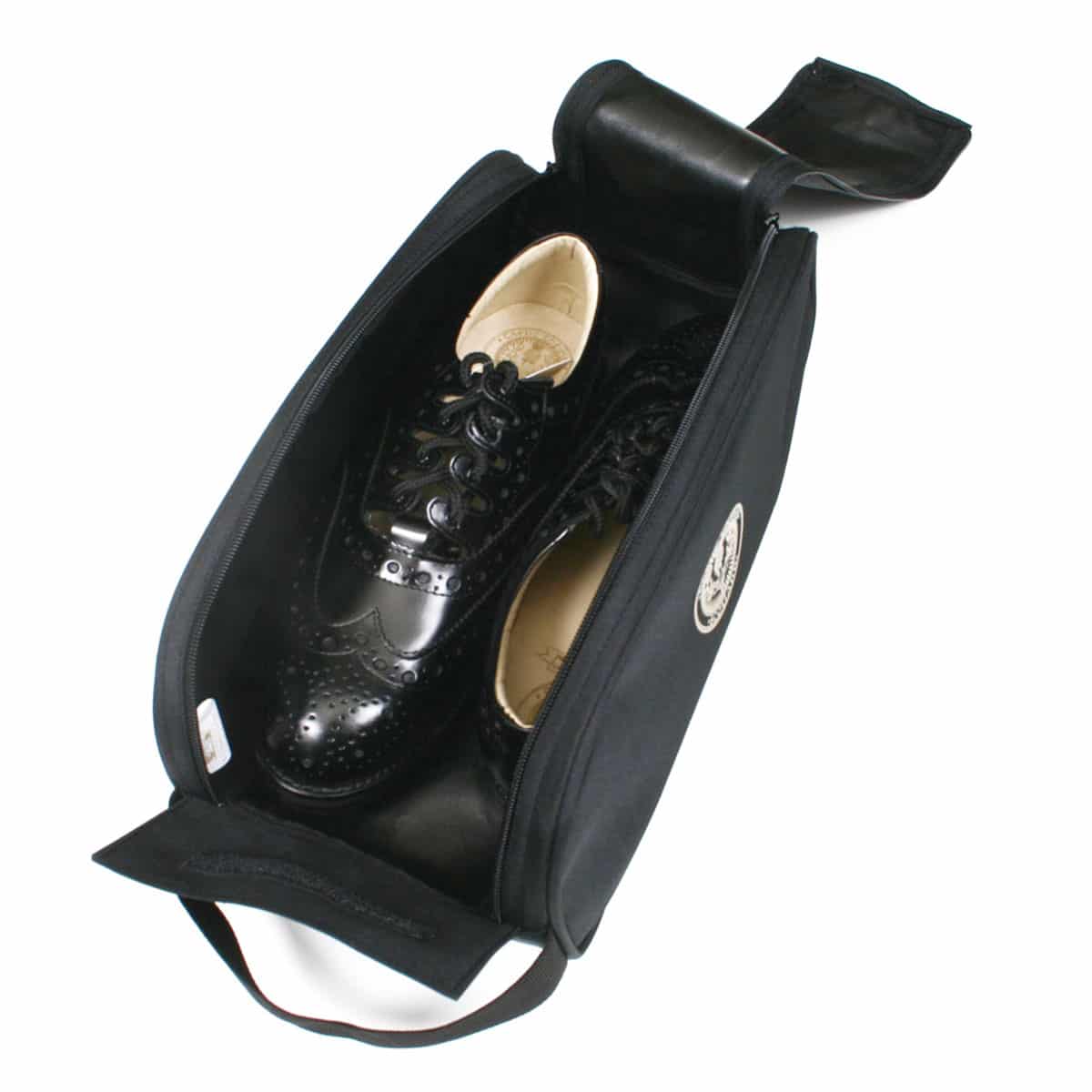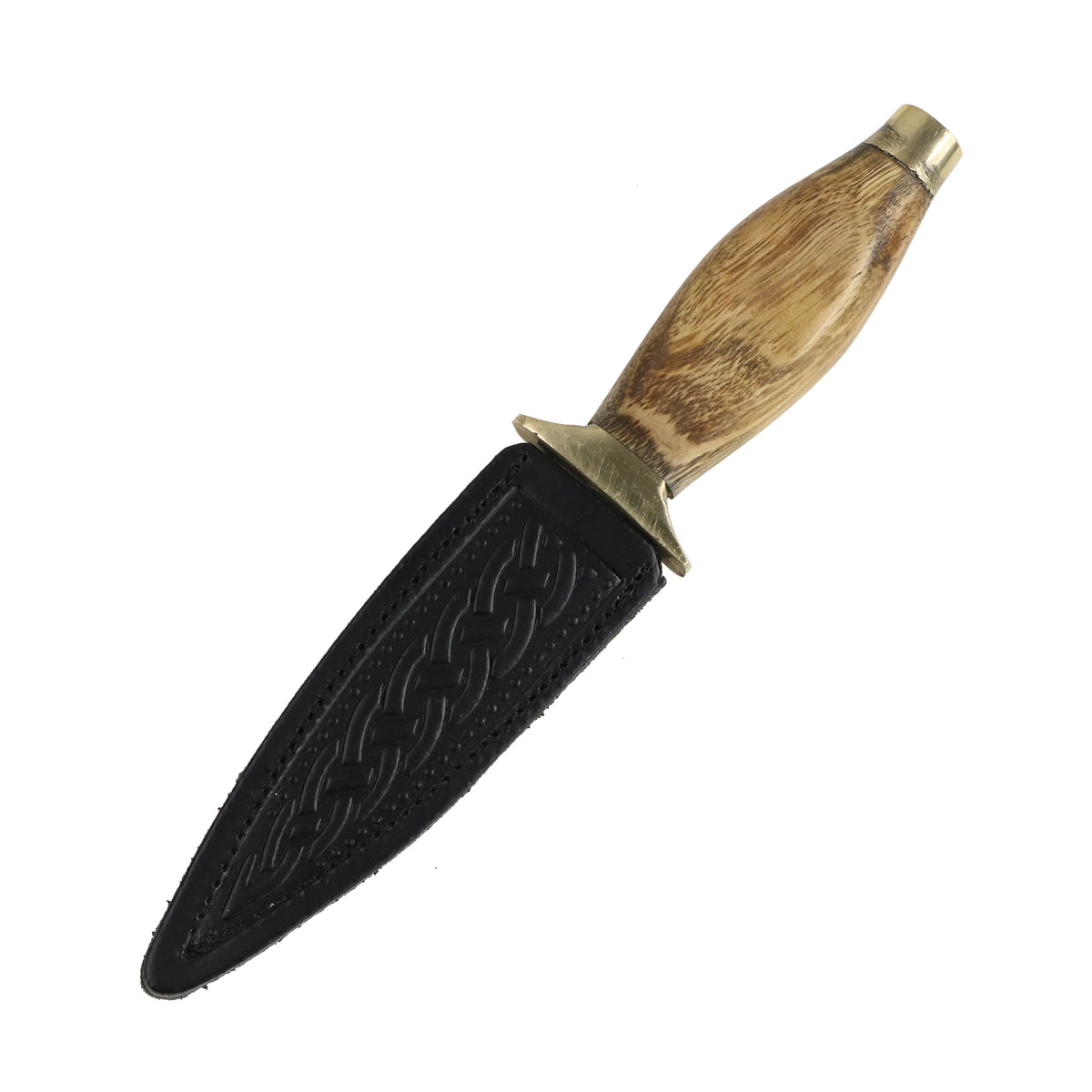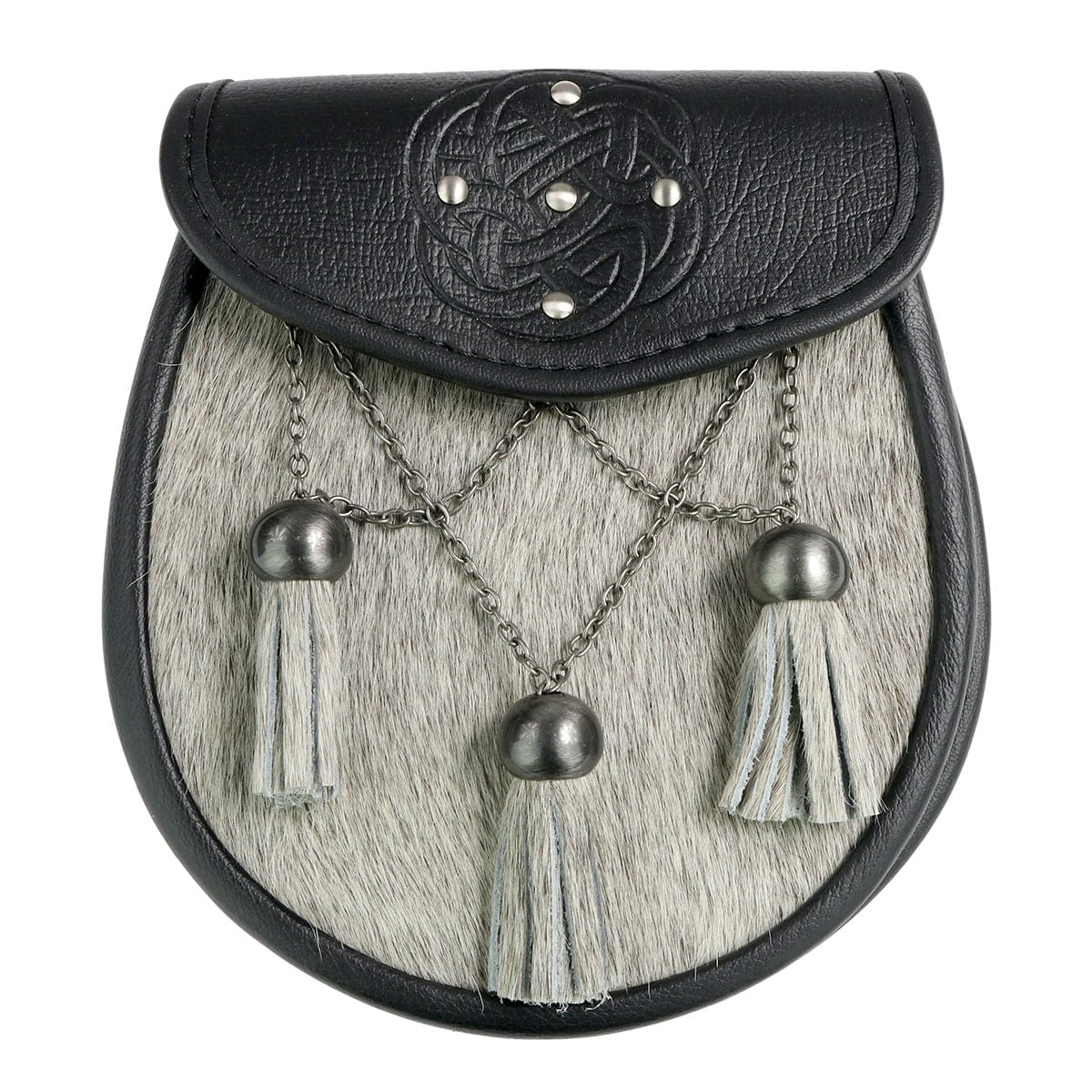Originally Published June 2009.
Celtic Women
There is a certain amount of evidence that women in Celtic societies enjoyed more freedom and power in comparison to their Greek, or Roman sisters. While they were far from being treated as the equals of their men, marriages seem to have been a bit closer to a partnership than in other cultures. Julius Caesar reported that among the Gauls a husband and wife would pool their wealth and the surviving partner inherited everything upon the death of a spouse. In spite of this, Caesar also reported than men had the power of life an death over their wives, although in practice this may have been more a theoretical concept than a reality. It has also been claimed that in some early Celtic groups a person’s social status was inherited from the matriarchal line — the status of a person’s mother, rather than their father. However, the evidence for this seems to be rather scant, although it is reasonable to think that the female line was of more importance than in the rest of the Classical world.
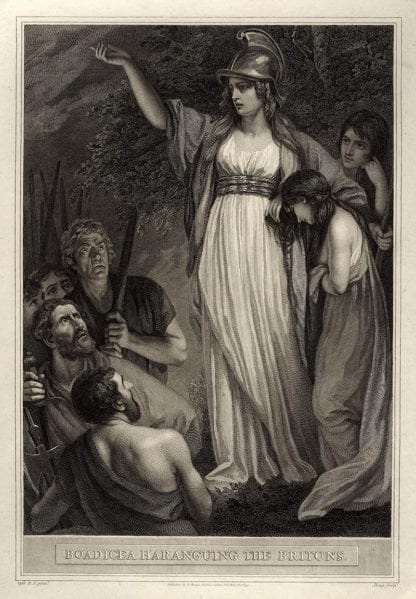
As in other cultures, the advantages experienced by the daughters of the powerful, were balanced with the possibility of being used as pawns in brokering political marriages. One, Dumnorix, a Gallic noble, is said to have married the daughter of Orgetorix to gain an alliance with him, as well as having married off his own female relatives to nobles from other tribes.
A controversial note from Caesar claimed that some Celtic women actually shared several husbands, but many scholars have dismissed this claim as an exaggeration. However, certain Celtic noblewomen are said to have scandalized the Romans with their alleged promiscuity since in sexual relations Celtic women seem to have been more open and independent than the Roman women. Argentocoxus, the wife of a Caledonian Chieftain is said to have been challenged by the empress Julia Augusta and responded “We consort openly with the best men, whereas you let yourselves be debauched in secret with the vilest“.
Even though Celtic women seem to have been on the battlefields, there seems to be little evidence that they carried arms in battle, in spite of a common modern belief to the contrary. The idea of Boudica leading a rebellion against the Romans may be an exception. But even in her case some scholars have suggested that her role may actually have been more symbolic than actual. The rape of her daughters and her own flogging may have supplied focus for the outrage already felt by her tribe against the Roman invaders.
Thus, while Celtic women may have had some advantages compared to other contemporary societies, we should be careful not to assume they were as “liberated” as some New Age writers would have us think.

